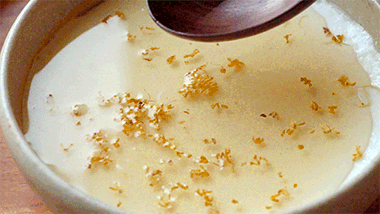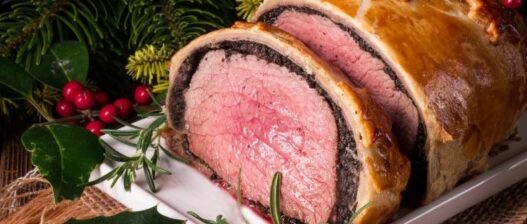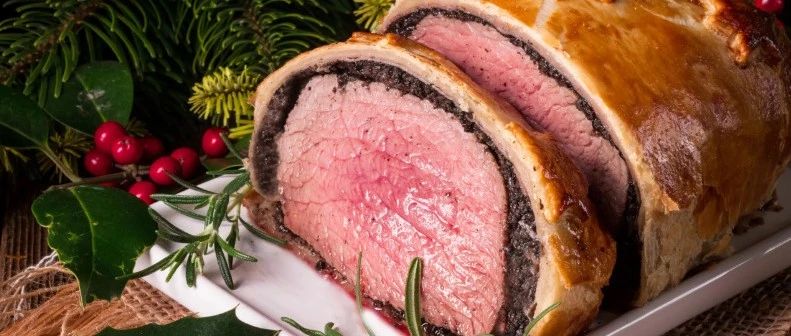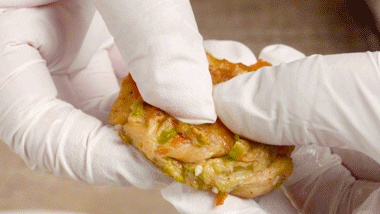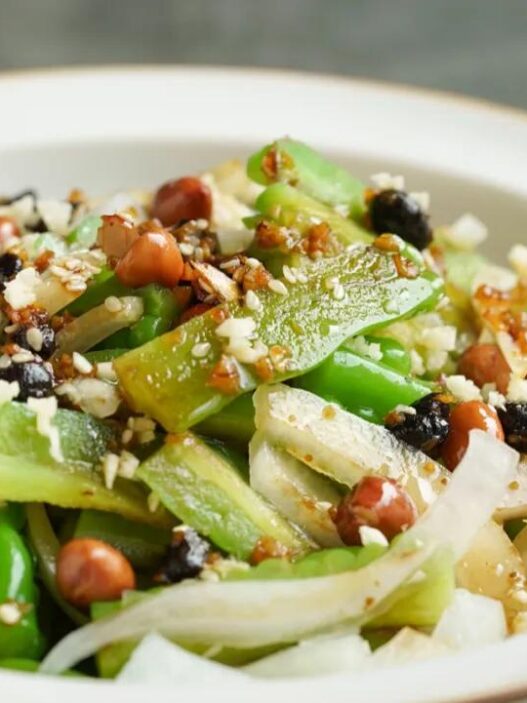Ever stumbled across those drool-worthy videos of people savoring Beef Wellington steaks? The vibe is always ultra-luxe, right? Just the name ‘Wellington’ oozes luxury. And let’s not forget the experts who love dissecting a Beef Wellington steak, taking the pretentiousness to new heights.
So, let’s talk about this iconic dish.
A Culinary Symphony of Texture and Taste
Picture this: dusk fades into twilight, and the warmth of the hearth chases away the evening chill. A perfectly seared filet, its golden exterior glistening, rests beside a mushroom sauce that’s rich in flavor. Then, a delicate puff pastry—layered like a secret—is wrapped around it, brushed with a golden egg wash, and etched with a fine filigree pattern. As it goes into the oven, time works its magic slowly, and the air fills with a tantalizing aroma.
The golden crust is cracked open with a satisfying CRUNCH! And the cross-section? A pink, tender, silken filet surrounded by rich mushrooms, wrapped in flaky pastry. This, my friends, is when you take a sip of wine, and everything falls into place.

The Mysterious History of Beef Wellington
Now, for the history lesson we’ve all been waiting for.
This dish, often dubbed the “official grub” of Great Britain’s culinary heritage, is widely believed to be named after Arthur Wellesley, the 1st Duke of Wellington. But here’s the kicker: there’s no written record from the entire 19th century that mentions Beef Wellington.

Debunking the Wellington Legend
So, why is this dish named after the Duke? Some say it was created in his honor after his victory at Waterloo in 1815. Others suggest it was just his favorite dish. But the truth? No one knows for sure.
Let’s break it down: take roasted meat, add pastry, and you’ve got yourself a classic. The meat’s primal, packed with protein and that magical Maillard reaction goodness, while the pastry seals in the flavor, offering that delightful contrast in texture.
Jane Garmey, in her 1981 book Great British Cooking, puts it best: “I have never been able to find a reference to Beef Wellington in any British cookery book, old or new… since cooking meat in a pastry case was fairly common at the end of the eighteenth century.”
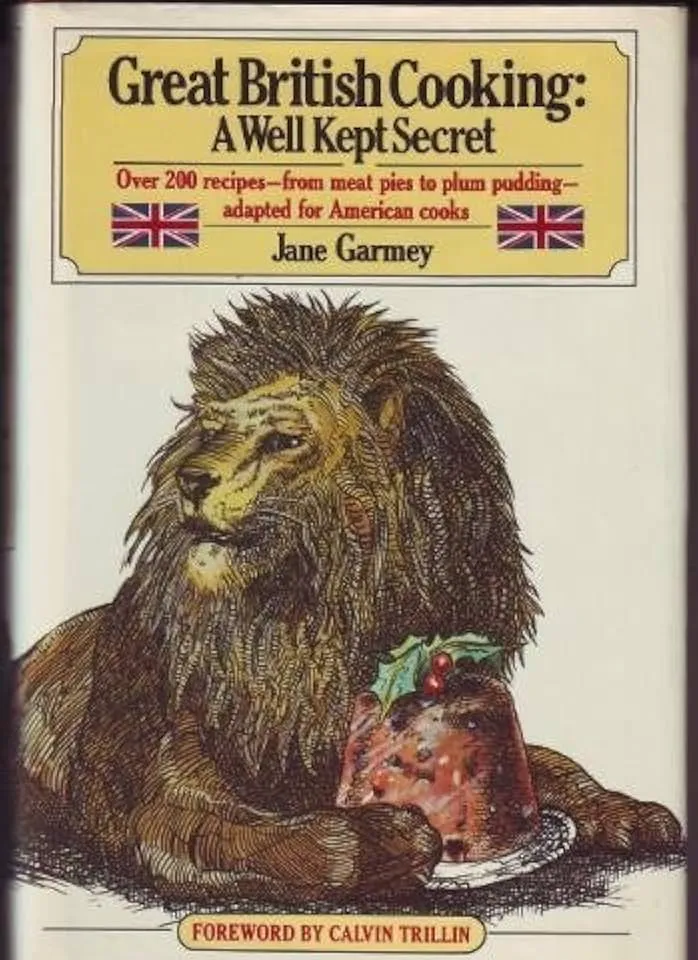
She’s right! Think about it: pastry-wrapped meat. It’s the origin story of Wellington: the humble meat pie. Over time, the pastry evolved into puff pastry, the meat into filet, and layers of bacon and mushroom duxelles (a fancy French name for a mushroom mixture) were added in between.

Duxelles: The French Ingredient That Stole the Show
Speaking of duxelles—this savory mushroom concoction is the heart of Wellington, and, unsurprisingly, it’s a French invention. Naturally, the French aren’t happy about it. They claim the Brits stole the dish. They don’t call it “Wellington steak”; they simply call it “filet de boeuf en croute,” or “beef filet in crust.”

Of course, the Irish had to chime in too. “Wait a minute,” they said, “the Duke of Wellington was Irish! This is an Irish tradition!”
The Austrians weren’t having it either. “You’re all wrong!” they declared. “This dish was created for Wellington at the Congress of Vienna in 1815 by our own master chefs!” They even point to a 1910 Polish cookbook that claims the author learned the dish in Vienna!
It’s a mess of historical confusion, and no one has any solid evidence.

The American Twist on Wellington Steak
Amidst all this bickering, the Americans finally weighed in. “What if Wellington steak is ours?” they said.
On November 10th, 1899, the SS Fürst Bismarck, en route from Hamburg to New York, featured Wellington steak on its menu. Then, in 1903, the Los Angeles Angeles Hotel served it at a banker’s banquet.

The Europeans were not impressed. “This isn’t stealing, this is daylight robbery!” they murmured.
The Rise of Wellington in the 1960s
But after a period of silence, Wellington began to rise again. It wasn’t a big deal, but in the 1960s, it started to gain “prestige dish” status. U.S. newspapers, magazines, and cookbooks began featuring it.
- The Los Angeles Times, May 25, 1958
- The Gourmet Cookbook, 1965
- The New York Times Menu Cookbook, 1966
- The White House Chef Cookbook, 1967
- The French Chef Cookbook, 1972

This surge in popularity can be linked to post-WWII America’s growing desire for refinement. Hamburgers and fried chicken were great, but families wanted something more sophisticated, even if just for special occasions. The Wellington fit the bill: complicated, substantial, and with a name that hinted at aristocratic origins.
Wellington’s Status Symbol and Decline
The Wellington became a status symbol, a culinary competition for wealthy housewives. Even President Nixon was a fan. From the 1960s to the 1980s, as America’s economy boomed, so did Wellington’s reputation.
But as the 80s rolled around, the rich moved on to sushi, Italian food, and other trendy cuisines. The middle class retreated to their comfort foods—burgers and fried chicken. The Wellington slowly faded into the culinary sidelines.
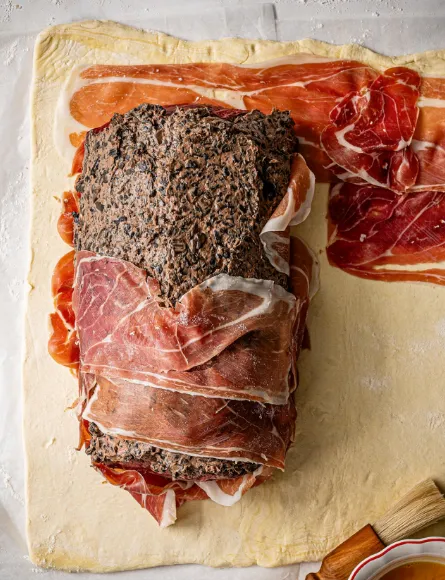
The Wellington Comeback
So, why are we seeing a Wellington comeback today? I think it’s the same reason it rose to fame in the 1960s—its fancy name and the visual theater it provides. It’s not just about eating; it’s about the experience. And in a world craving culinary drama, the Wellington is the perfect showstopper.
Conclusion: Whether it’s a symbol of sophistication or just a fun dinner to make, the Wellington has endured through decades of change. It’s a dish that has survived bickering nations, economic upheavals, and evolving tastes—and it’s here to stay.





